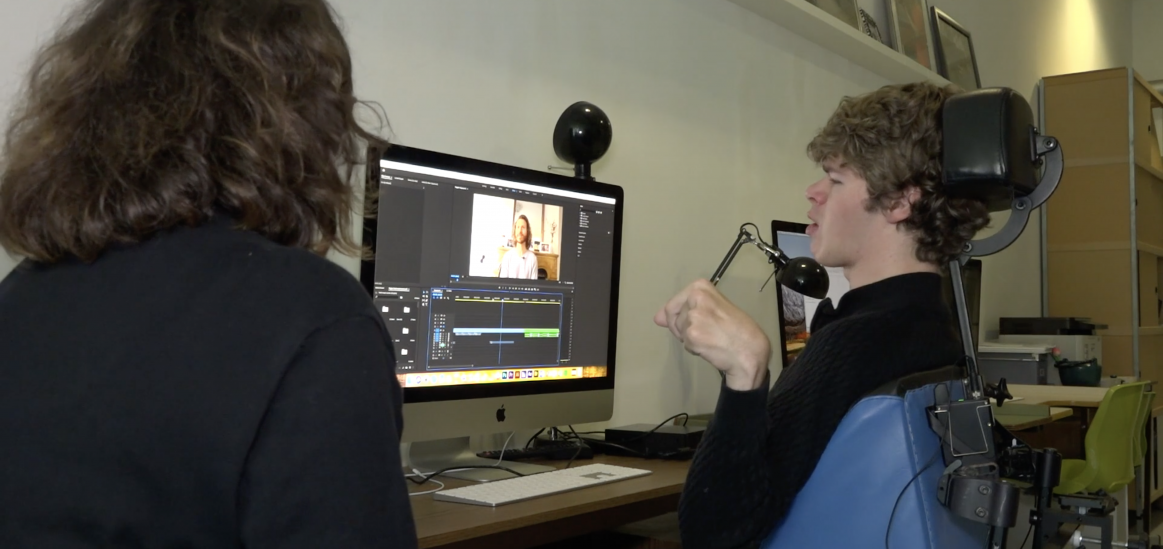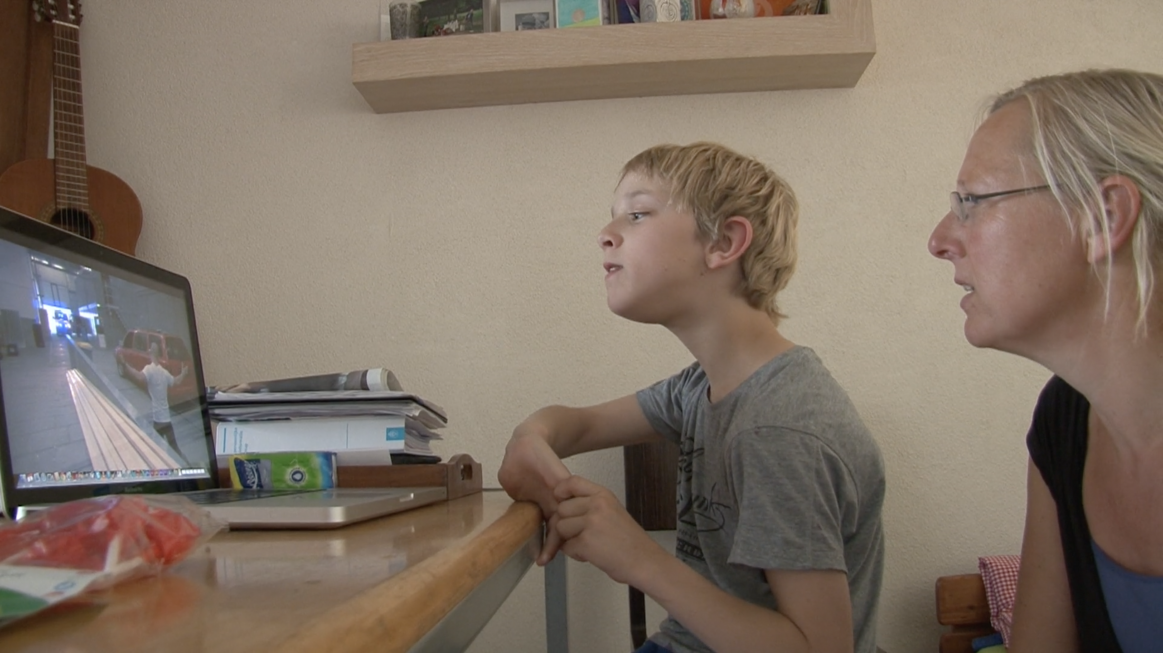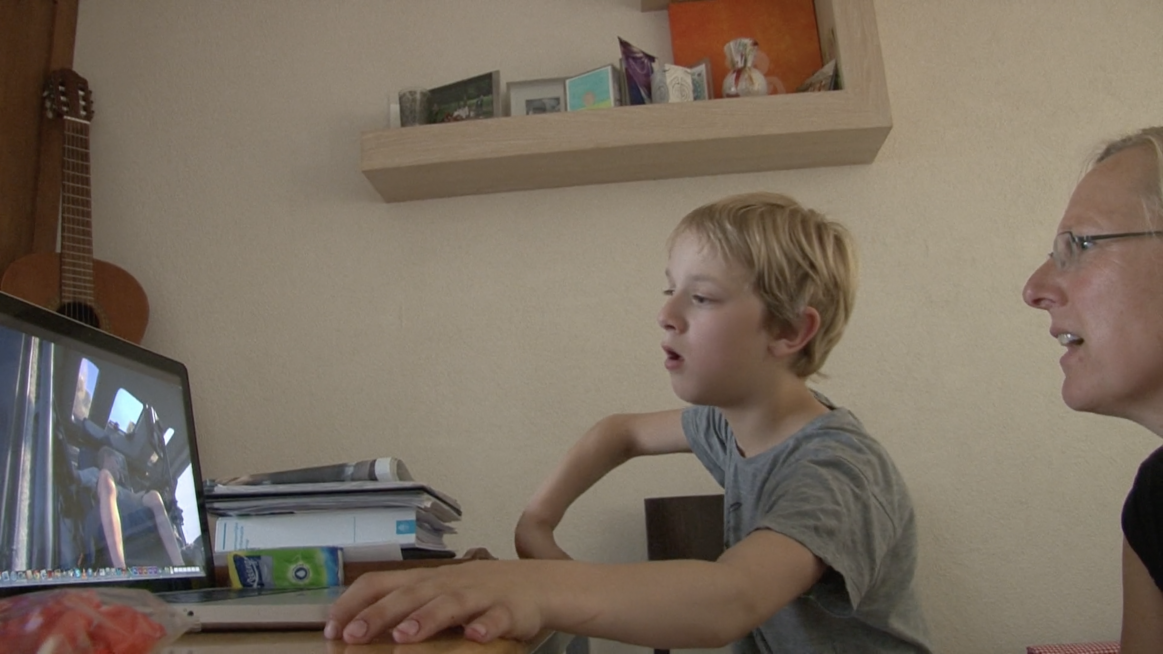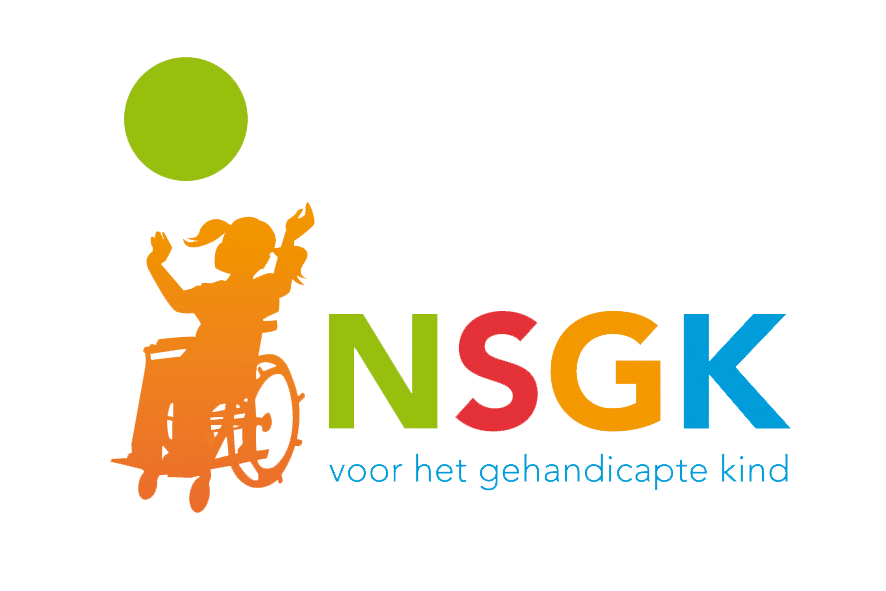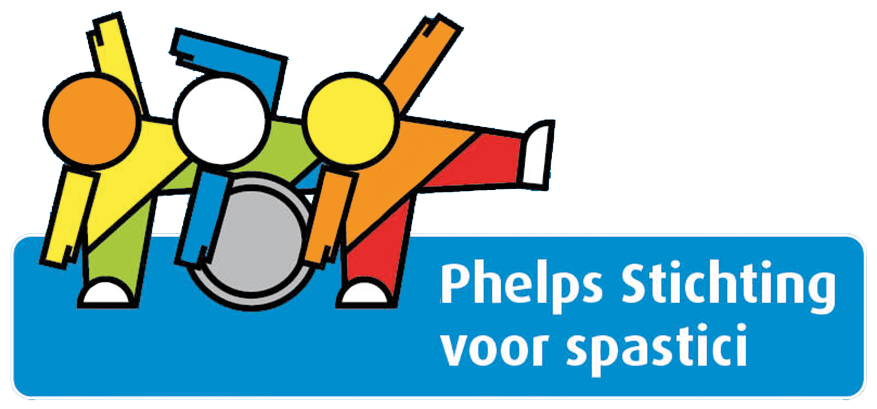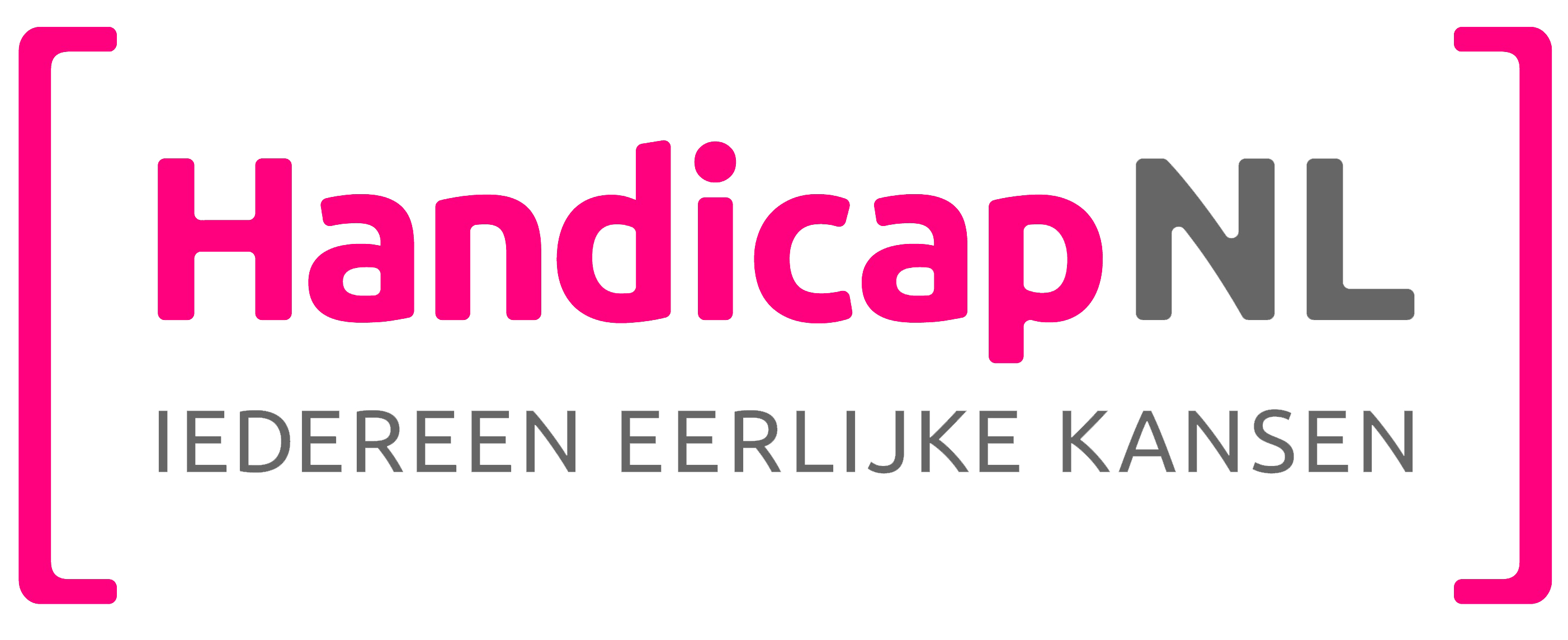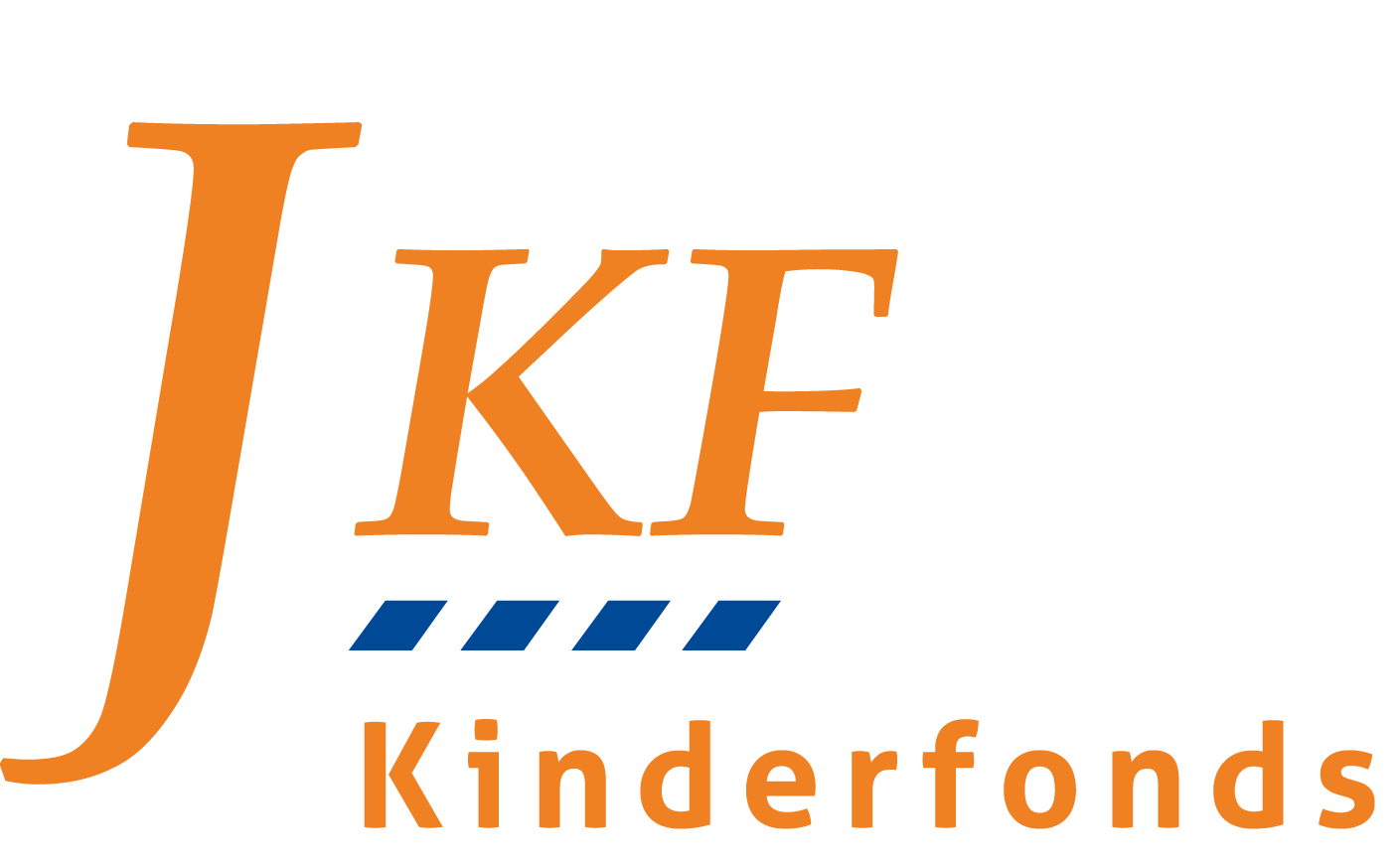The Film as Observable Communication (FaOC) teaching method
To assist children and young adults with Complex Communication Needs. (CCN) to create and use their self-created film, as a semiotic resource, a practical language teaching method has been developed. This method can be utilized by the target group themselves*, and by teachers and speech language therapists (SLT) in both school and home settings. Cam on Wheels, a film production house that specializes in bringing together young filmmakers both with and without disabilities, uses this method daily in their audiovisual productions, and supports children, teachers, SLTs and assistive technologists (ATists) with training and (online) workshops in how to apply it. Still, with the method should stand on its own as a helpfull guide.
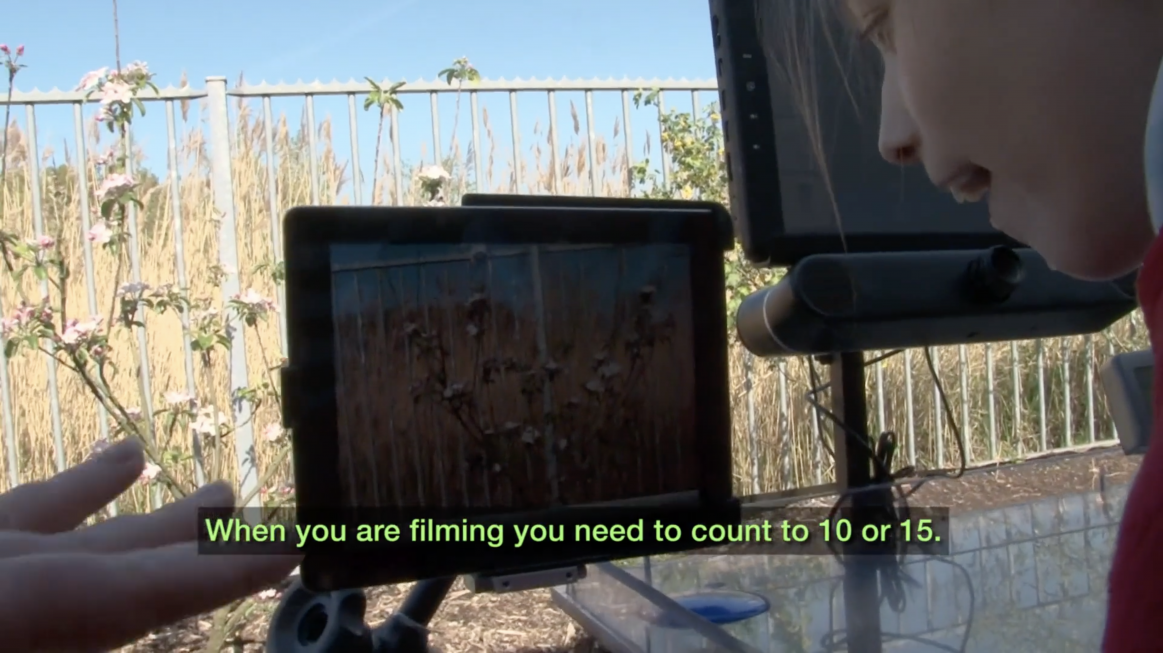
The method is useful for every-one, and can be adjusted to each wishes. Some examples will be given.
The FaOC method comprises the three following phases (Grove, 2014; Legel et al., in review):
- Story collecting: (filming - operating the camera to capture relevant footage).
- Story preparation: (post-production/editing the film with AAC using computer workstations and video editing software).
- Story sharing: using the film with AAC (interactive group activities supported by self-created and highly personalized visual cues).
Film tips
Ensure the results reflect the perspective of the film/sign-maker. If help is needed, for example if it is challenging to activate the camera, eye-gaze or a remote button/switch does not work, make an agreement for a sound or movement to start and stop the camera. he aided communicator stays in the lead, as the director
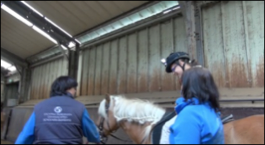 |
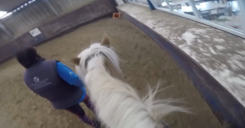 |
- Always be conscious of what you are filming - that will make the imagery better and improve your final masterpiece!
- Take a mixture of pictures close-up and far away (wide view). It is better to capture a close-up by moving nearer to your subject than by using your zoom function, whenever possible.
- Try filming from above (bird’s eye view) or film from low on the ground looking up (frog’s perspective). Switch between all of these camera positions for added interest.
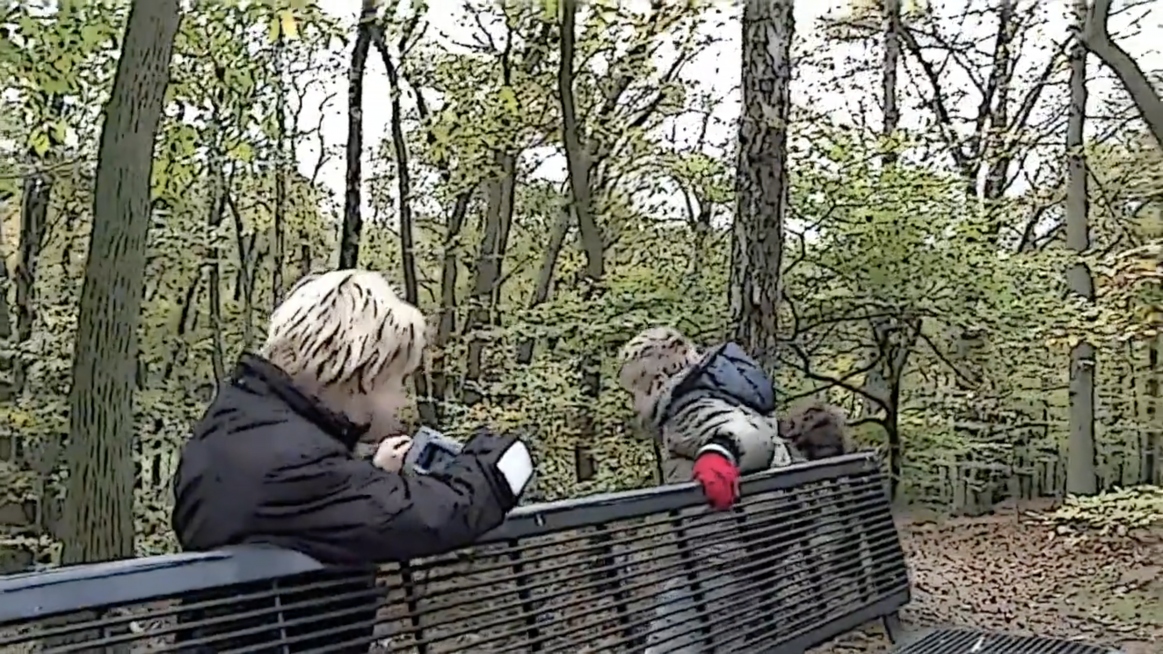
Some tips for film/sign-makers with severe motor and/or cognitive challanges:
- With motor challenges you could handle a tripod, if needed mounted on wheelchair or walker.
- You are always more limited, on a wheelchair/tripod/mounter you are less flexible to make your preferred frame. Electric wheelchair has more flexibility going up and down, and drive with it it slowly or quick.
- For cognitive more challenged film/sign-makers, it might be an advice to start with small topics with scenes with longer duration.
Topics could be small or big, just baking cookies to show at school, or make a film about your internship to talk about in a job-interview.
Film-editing!
- Select and/or Edit your Film-resource, a Personal Video Scene!
- Edit your film, or not...Just select some scenes
- Editing is selecting the scenes you want to use in story sharing
- Editing is thinking about the beginning, middle, and end of your story no titles or text are included
Some tips for film/sign-makers with severe motor and/or cognitive challenges:
- Motor challenged, with no/or limited hand function, film/sign-makers could use a switch to connect eye gaze or a joystick to the editing-device, camera or edit apps.
- You are always more limited, on a wheelchair/tripod/mounter you are less flexible to make your preferred frame. Electric wheelchair has more flexibility going up and down, and drive with it slowly or quick.
- For cognitive more challenged film/sign-makers, it might be an advice to start with small topics with scenes with longer duration.
Story sharing with self-created film / AAC methods and technologies
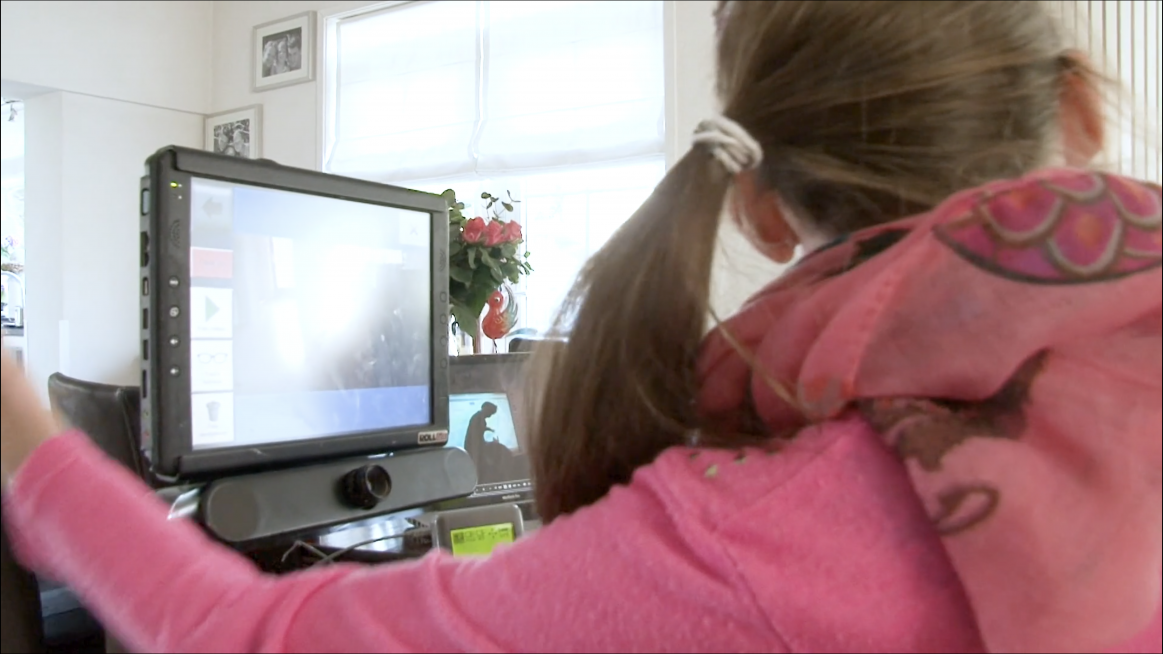
Video: FaOC Dundee
Video: My film, My story
Video: Teaching method animated from the police
The big moment of story sharing arrives (Grove, 2014)!
This exciting event will require a screen where the film may be viewed by both the narrator and their co-narrator(s); and a control interface to start, pause, rewind or fast forward the completed movie. It is essential that the narrators know that they can all control the film. A dynamic and interactive milieu (e.g. asking questions and volunteering comments on events unfolding on the screen) is what makes the storytelling sparkle. In other words, not being quiet while watching the film as in traditional movie consumption, but chatting and narrating, engaging: this is the overarching goal. By pausing the film, and selecting a certain frame of interest, participants can use the image as a visual cue to elaborate upon, and thus stimulate responsive, empowering conversational discourse. As with any interaction involving aided communicators, co-narrators or facilitators can assist in this process by encouraging a supportive environment, adopting strategies such as aided language stimulation, and also - within the context of informal chatting - ensuring sufficient time is given for conversational turns.
